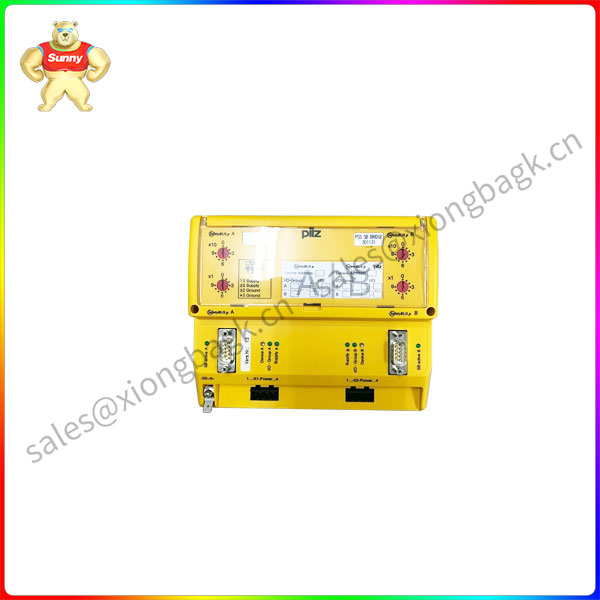Intelligent manufacturing applications have reached the inflection point
“Driven by Moore’s Law, hardware costs are falling rapidly, but labor costs are rising year by year, which will lead to smart manufacturing becoming a necessity in the next few years, or falling behind if not used.” Wang Xiang, senior vice president and chief strategy officer of ZTE, pointed out to the 21st Century Business Herald reporter that, especially with the rise in the price of human costs in the Chinese market, the contrast with the human costs in neighboring countries will bring new industry opportunities. “In many areas, machine manufacturing costs will be lower than labor costs in the future, which will be an inflection point for smart manufacturing applications.”
Cui Li further analyzed that the world is exploring the intelligent transformation of the industrial field, but there are still some conceptual differences between “intelligent manufacturing” and “industrial Internet”.
The so-called intelligent manufacturing is to achieve data-driven in the entire process within the enterprise. Only by opening up and forming a closed loop such as design, research and development, production, delivery and even follow-up services can we continue to further optimize and adjust according to data performance. More importantly, the data of the entire value chain can be connected to form the optimal allocation of resources, which can improve efficiency and flexible production, and also bring the possibility of agile innovation.
However, the application of the industrial Internet is not limited to the scope of an enterprise, but stands in a wider scope, so that the industrial resources of the whole society can be shared. “This is a higher level, similar to building an industrial cloud that links all the elements to form an optimal allocation of resources for the whole society.”

301131
Based on this judgment, Cui Li believes that China and even the world’s industrial manufacturing is still in different degrees of the initial stage.
The basis of industrial manufacturing is data, and IT and OT have not been fully connected in the production process before, and this is only the first step. On the basis of data penetration, enterprise digital transformation involves restructuring at the process and organizational level, and complex processes are constantly simplified and opened up between their respective chains.
From the perspective of the industrial chain, Wang Xiang believes that at present, countries around the world are exploring applications in the field of intelligent manufacturing, and their performance is different in different industries. “China is relatively strong in some areas, such as materials, chip manufacturing, automobiles, home appliances and high-end manufacturing, relatively speaking, China is basically not too far behind in the application of intelligent manufacturing; However, from the perspective of intelligent manufacturing design and program, I think we are still relatively backward. “You can buy apps, but you have to build capabilities like manufacturing on your own.”
He added that the design aspect of intelligent manufacturing is relatively weak in China, including high-end equipment, design industrial processes, business embedding and flow, and ZTE is making efforts in this field and will work with industry partners to promote it.
According to reports, ZTE is exploring the process of “making 5G with 5G” according to its own needs. 5G is embedded into the business process on the internal production line, and a new round of intelligent manufacturing design and promotion is realized through the perception, transmission, processing, and application of data. “So that in the future, China can use its own 5G and intelligent manufacturing equipment to produce its own equipment.” We want to change ourselves in the field of our own production, and we will certainly be limited or influenced by just buying.” Wang Xiang concluded.
 中文版
中文版




